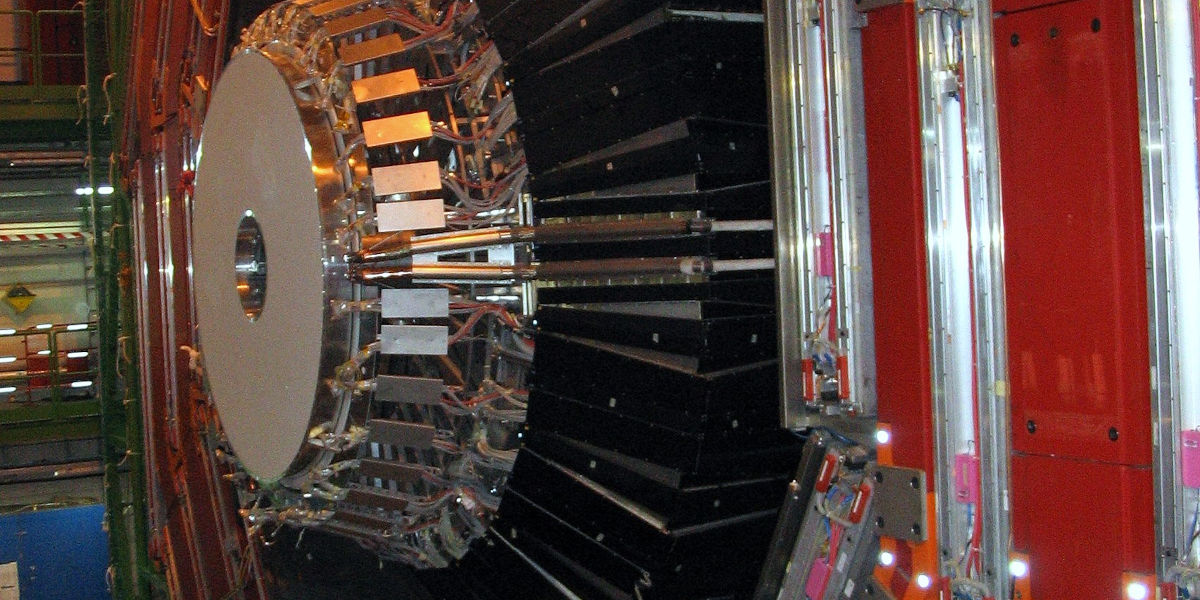There is perhaps no greater symbol of humanity's striving for knowledge than the Hadron Collider. Housed beneath the Franco-Swiss border near Geneva, Switzerland, this eminent piece of technology enables scientists to investigate the deepest laws of the universe, thus bringing us one step closer to understanding the very nature of our reality. So, let's dive into the wondrous world of scientific discovery as we delve into 'Hadron Collider Explained'.
Hadron Collider Explained: A Glimpse into the Heart of Matter
At first glance, the Hadron Collider can seem like an entity shrouded in mystery. That first ambiguity vanishes, however, once we begin to understand its mechanics. So, how does a Hadron Collider work?
Essentially, the Hadron Collider, or Large Hadron Collider (LHC) to be precise, is a particle accelerator. It uses electromagnetic fields to propel charged particles to high speeds and to contain them in precisely defined beams. The term "hadron" refers to composite particles composed of quarks held together by the strong force, as in protons and neutrons.
The LHC's main purpose is to allow particles to collide at close to light-speed. Scientists can then study the particles created by these collisions, thereby uncovering layers of the universe's secrets that have remained elusive to humankind.
The key to its operation lies in the precise engineering and physical principles embedded in its design. Magnetic fields are used to guide particles along the 17-mile loop of the LHC. As the particles gain energy, they begin to travel faster, but they maintain their circular path, thanks to these magnetic fields. Once the particles reach their top speed, they are steered to collide with one another, creating showers of new particles for scientists to study.
Discoveries Made with Hadron Collider: A Journey into the Unknown
The Hadron Collider has been instrumental in many groundbreaking discoveries. One of its most significant contributions to science has been the discovery of the elusive Higgs Boson particle, which gave us crucial insights into the origin of mass in the universe.
The discovery of the Higgs Boson - often referred to as the "God particle" – in 2012, by the ATLAS and CMS experiments at CERN’s Large Hadron Collider, confirmed the existence of the last piece of the standard model of particle physics. This discovery contributed significantly to Francois Englert and Peter Higgs being awarded the 2013 Nobel Prize for Physics.
Beyond the Higgs Boson, the Hadron Collider is actively used to explore other mysteries of our universe. This includes investigations into dark matter, antimatter and quark-gluon plasma, which all offer the promise of new insights into the workings of our universe.
The Functioning and Goals of the Large Hadron Collider
The Hadron Collider is an intriguing piece of technology that functions as the world's largest and highest-energy particle accelerator. The machine is designed and purposed with the ambitious goal of dissecting and discovering the particles that make up every aspect of our universe. Imagine peering into the deepest layers of existence and witnessing particles that have never before been viewed. This incredibly powerful instrument is our best tool for doing just that.
The girth of the Large Hadron Collider, with a circumference of 17 miles, is designed to accelerate particles to the speed of light and slam them into each other. These high-speed collisions create showers of new particles for physicists to study. One of the most significant accomplishments of the Hadron Collider is the detection of the Higgs boson, a particle predicted by theoretical physics nearly a half-century before it was proven to exist. The detection of the Higgs boson filled a significant hole in the Standard Model of particle physics and further validated the theory.
The Hadron Collider aims to answer questions about the universe that have plagued mankind for centuries. How was the universe created? What is it made of? These are just some of the many questions that scientists hope to answer with the help of the Hadron Collider. However, the information that is obtained from the Hadron Collider has far-reaching implications for numerous different scientific fields, extending far beyond just particle physics.
Deciphering the Secrets of the Universe
The Large Hadron Collider continues to shed light on the universe's most profound secrets. It has unveiled the existence of new particles, verified long-standing theories, and even advanced our understanding of the fundamental principles of physics.
It has revolutionized the way we conceptualize our universe and is pushing the boundaries of scientific understanding. As it stands, there are still numerous questions that are being probed by the Collider, making this piece of technology one of the most influential and powerful tools for scientific discovery in the modern world.
The Future of the Large Hadron Collider
Yet despite the significant progress made by the Collider, there is still much more to explore. The future of the Large Hadron Collider promises many exciting prospects, from the exploration of dark matter and dark energy to the potential for discovering more exotic particles that could further change our understanding of the universe.
In conclusion, the Large Hadron Collider is undoubtedly the world's greatest microscope. It’s a testament to human ingenuity and our relentless pursuit to comprehend the universe. As technology advances and our understanding deepens, the potential for new discoveries continues to grow, keeping the scientific world in anticipation of what secrets the Hadron Collider will unveil next.




